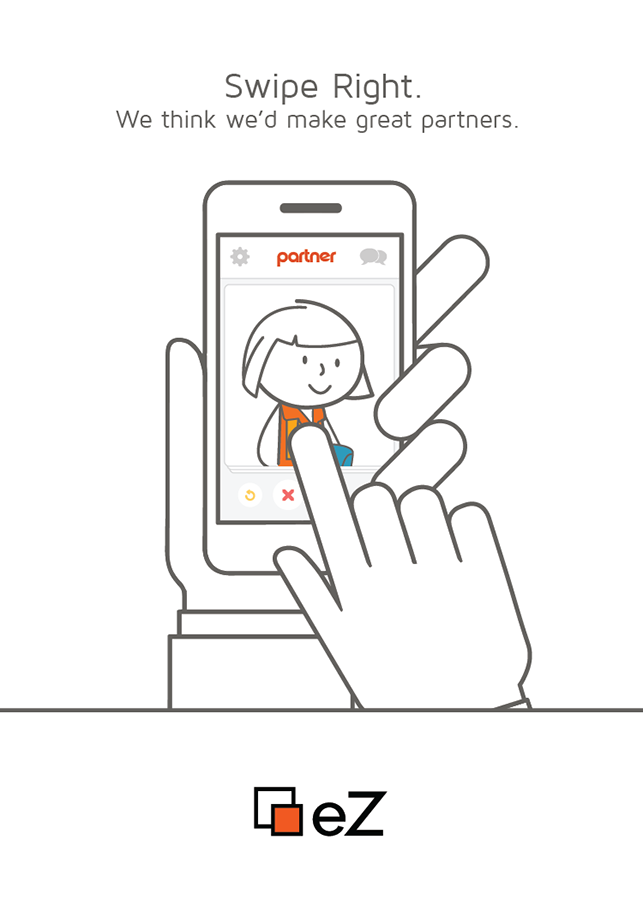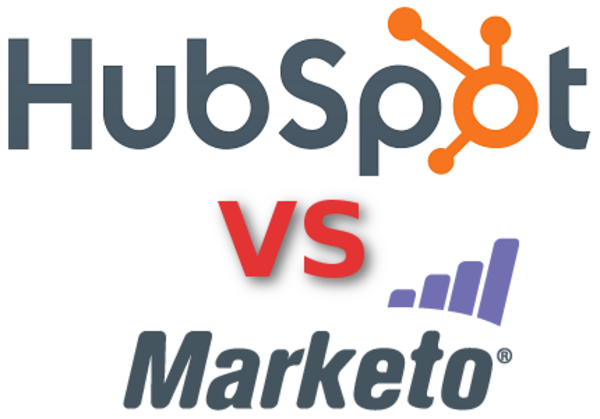Why you don’t need marketing automation
By: Doug Plant | June 8, 2017 | Business solutions and Web solutions
It’s the darling of today’s marketing mix: the marketing automation solution. Its very name can bring marketers palpable relief: imagine automating one of the most difficult and time consuming parts of your job -- lead nurturing -- so that lead conversion starts happening with minimal intervention. It’s every marketer’s dream!
But that’s just it: it’s usually more parts dream than reality. At least it is for many of our clients. We work with businesses of all sizes, but particularly medium to large organizations in the book and magazine publishing, health, education, and non-profit sectors. All of them spend a lot of time creating and publishing content they use in their marketing and lead generation efforts. And all of them could surely benefit from solutions to make their jobs easier. They see the appeal of marketing automation, and we understand that. On the surface, it is very appealing.
But to many of our clients who ask us about marketing automation systems, we inevitably recommend against them.
Why marketing automation is a misnomer
Frankly, the term marketing automation is somewhat of a misnomer. There’s nothing automated about setting up a marketing automation system that functions well. And it takes ongoing work to keep it working well. So while parts of the job are automated, just as many parts are very hands-on. Let’s break down what that workload looks like:
- Choosing the right system: There are dozens of marketing automation systems on the market. Your web development and marketing team will need to work together to research and select a system that meets your needs and can work in tandem with your content management system.
- Feeding it with leads: Do you have an existing list of leads you can start with? No? Isn’t that what a marketing automation system is intended to create? Well, no, actually. A marketing automation system takes existing leads and helps you nurture them. Getting those leads in the first place is a separate job.
- Setting up workflows: You’ll need to create lead nurturing workflows corresponding to your customer profiles / audience segments / lead qualifying paths. That could mean a series of e-mails, social media posts, newsletters, or otherwise. Then you’ll need to determine how you’ll implement lead scores. Does a lead get a point for opening an e-mail or for replying to it? Your workflow and lead scoring is going to depend on a strategy that matches specific customer profiles to targeted actions.
- Matching content to workflows: Then you’ll have to create the actual content for each workflow -- blog posts, newsletter stories, and so on.
- Setting up metrics tracking: What are your conversion goals? For example, what open rate are you aiming for on your emails? What click-through would you like to achieve on your calls to action? And what percentage of respondents would you like to convert into paying customers? You’ll want to plug these goals into the system so that you can analyze how well your marketing efforts are working.
- Analyzing the data: If you do all the other steps well, you’ll generate a whole lot of data about things like e-mail open rates, click-through rates, entry and exit points, and, ultimately, conversion rates. This will give you actionable insights into what’s working, and what needs to change.
- Implementing changes: Based on the results of your data analysis, you’ll likely need to implement changes to your campaigns to ensure they’re hitting all the right points and converting as many leads as possible.
For an automated system, that is a lot of labour-intensive work. In fact, many companies find themselves in need of training for existing staff and even hiring additional staff due to the increased workload. Even more so, with our clients, we find that they need help crafting overall marketing strategy before considering what tools make the most sense. These are considerations that should be made at the beginning of an implementation, but often aren’t, and can end up delaying projects or catching website owners (and their budgets) by surprise.
And then there’s the cost
The upfront and ongoing workload isn’t the only issue with marketing automation systems. They also carry a big price tag.
Our clients typically don’t have the resources a system like this requires. And according to the stats, they’re not alone. Although companies spend more now on marketing automation systems than they do on advertising, 37% of marketers say budget constraints prevent them from implementing an efficient marketing automation strategy.
What about high-touch marketing?
Despite our work building complex websites that make publishing, marketing, and sales processes more efficient, we believe there is value in the human touch. We believe in picking up the phone (or at least firing up a Google Hangout) to talk to clients and prospects.
A recent campaign by eZ Systems, makers of one of our favourite content management systems (eZ Publish), illustrated how well-targeted high-touch campaigns can work, even on a very small scale. After spending a lot of money on contact lists that weren’t yielding desired results -- or proved too onerous for its sales team to act on effectively -- the marketing team at eZ Systems decided to try a high-touch approach for a recent agency outreach campaign. “We wanted to do something different and we had a hunch this might work,” said Roderick Thomas, Partner Success Manager at eZ Systems. “We targeted a small number of people very specifically.”
The campaign targeted 40 people: five prospects in each of eight selected companies. Over the course of four weeks, eZ sent a series of personal e-mails, themed gifts, and postcards to their targets. Every delivery was followed up with a phone call. Some of the packages were even hand delivered.
The creative campaign infused technical sales copy with engaging pop culture references. “These are real people after all, so we were not afraid to be as creative as possible,” Thomas said.
In the end, it resulted in two meetings, a result he was happy with, particularly because one such meeting was the result of a hand delivery he made. “We got two out of eight of the major agencies we wanted,” Thomas said.
Still interested in marketing automation?
Fair enough. Just make sure you start with an analysis of your needs and your resources. If you’ve got the resources to manage the setup, integration, and ongoing optimization of a marketing automation system, then it may be worth a try. But marketing automation is likely not your silver bullet -- it’s a complementary tool that’s not going to magically create your marketing strategy for you.
If you’ve been beating yourself up for not having implemented a marketing automation system yet, stop. You probably don’t need one anyway.




